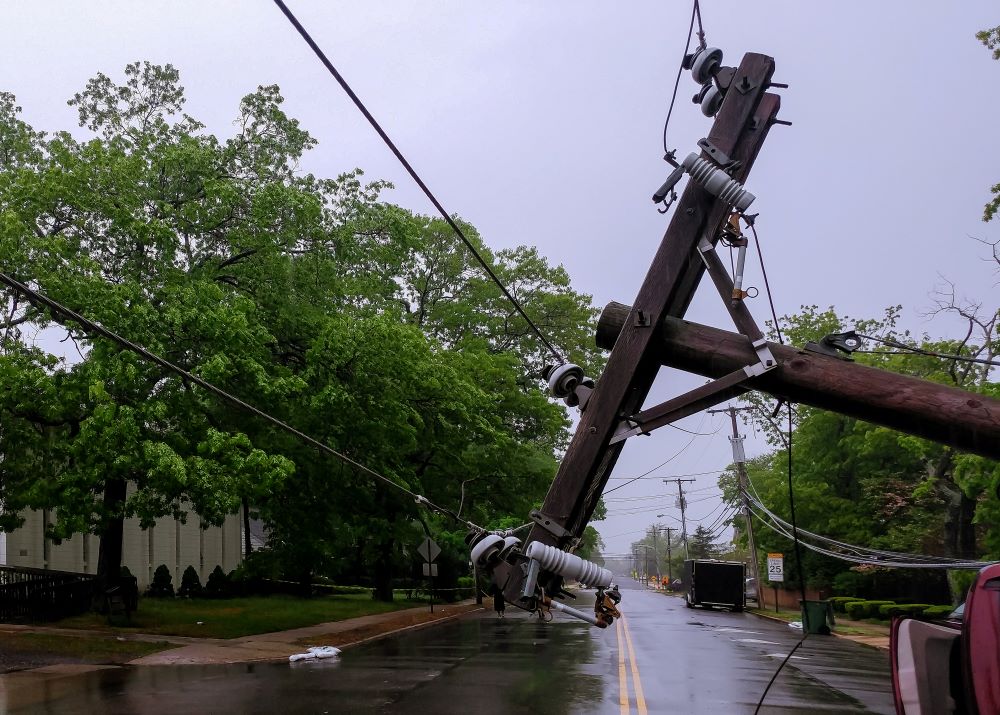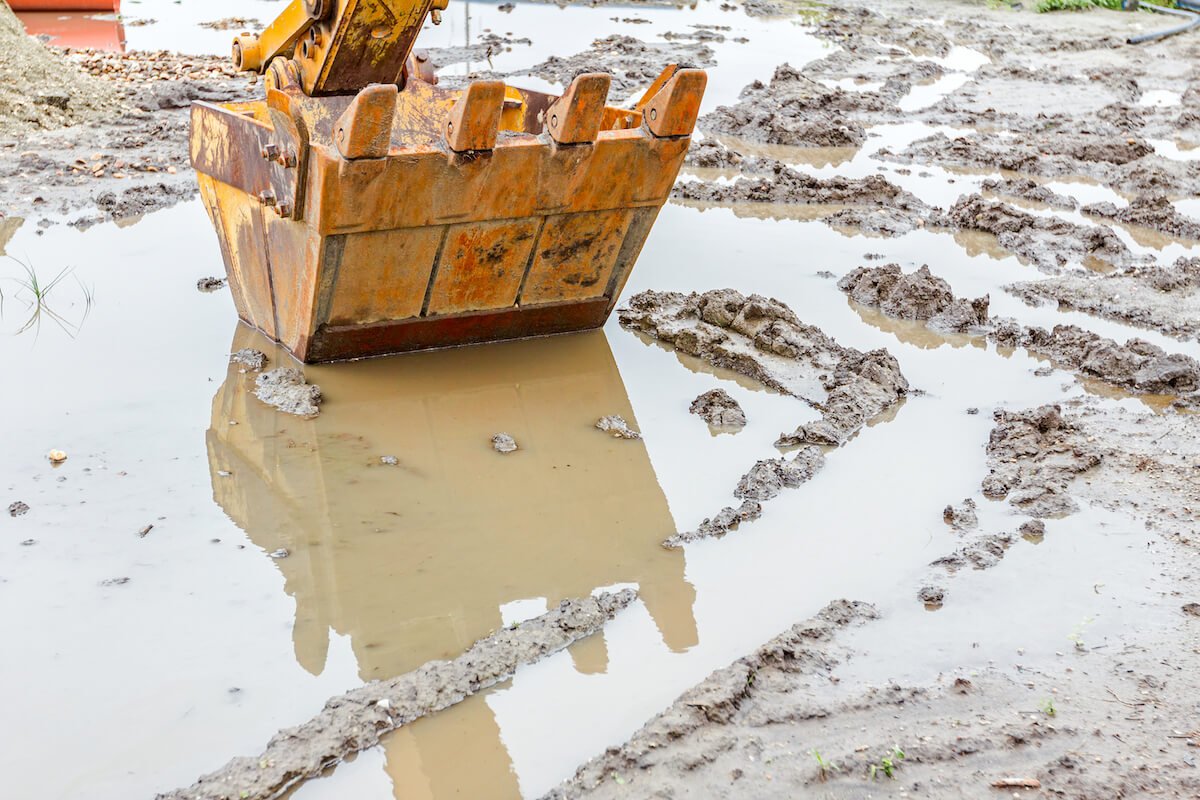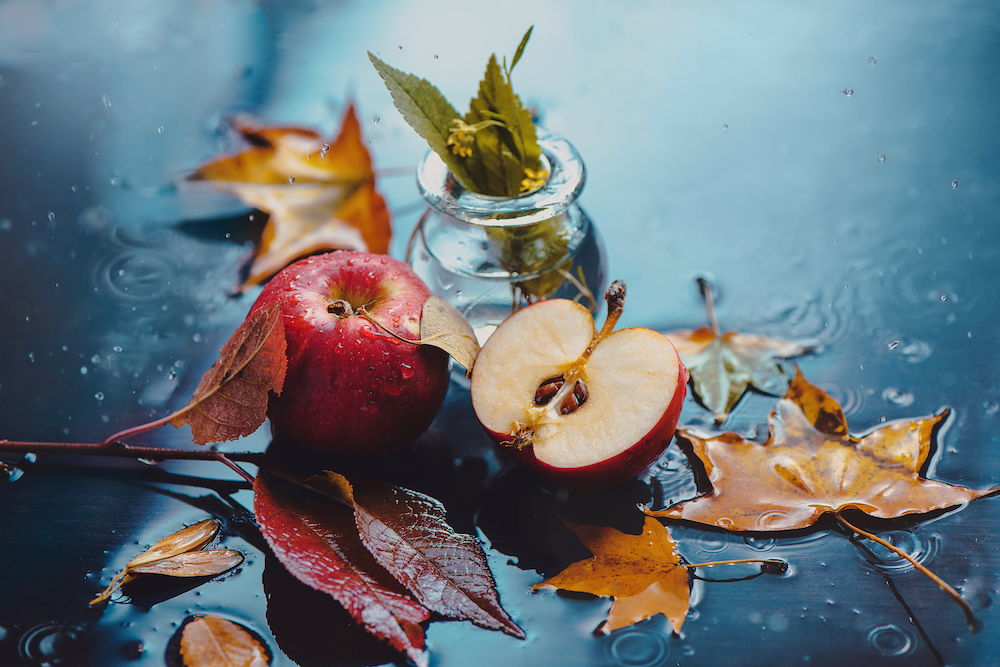
Fall counts as one of the most beautiful times of the year. Leaves get painted with autumn fire and gold. The temperatures cool, making warmish days and cool nights. Jackets come out of closets. Cozy sweaters become first-choice fashion. And don’t forget the firepits. Hello, s’mores!
Along with all of these pleasures come the fairs and festivals! If you’re an organizer of a major event, use this Vortex Weather Insurance fall festival planning checklist to check off some of the must-dos. With dedication and preparation, a successful event this year means more fun in the fall for years to come.
Fall Festivals for all occasions
The festivals and fairs that take advantage of the weather come in all types and for all reasons. Places, sights, and tasty treats become the themes of some of these major events:
- Cider mills juice up the fun
- Pumpkins get celebrated*
- Trees of all types and splendor
- Rivers
- Music
- Barbecue
- Corn mazes
- Renaissance festivals
- The oompah excitement of Oktoberfest
And that’s just to name a few. ‘Tis the season for fairs and festivals that celebrate being outdoors!
*Speaking of pumpkins, at a pumpkin festival in Italy in September, 2021, a world record was set with a pumpkin weighing in at just over 2700 pounds. That’s mister jack-o’-lantern to you!
All of these events have a checklist to prepare for the event. We’ve put one together for you to use as a tool to build success.
Your fall festival planning checklist.
Time to check off the boxes as you create the best fall festival or fair.
Box 1: Theme Your Event
Picking a theme for your event does several things for your attendees and partners:
- Creates a specific appeal for attendees
- Sets expectations for vendors
- Can define food priorities
- Can help sponsors discern engagement
- Helps define marketing/advertising strategies
For example, let’s say you have The Grand Harvest Festival in late September. Would this festival have mostly booths packed with car memorabilia? Or would the vendors load their displays with vintage dinnerware and estate jewelry? Probably not.
A theme like “Grand Harvest” points toward agricultural products, specifically food related, with other fall-harvested products as secondary. Plus, it might have homemade products too, many of them from the kitchen.
Another example mentioned above: pumpkin festivals. At these events, you’re probably not going to be amazed by the dazzling array of zucchini-themed merchandise or foods. It will be pumpkin-themed, from the pies to shirts to carving contests and more. We doubt most will have a pumpkin there that weighs well over a ton, but a person can dream, can’t they?
When asking for sponsors or charity tie-ins, a theme helps them readily understand the possibilities of engagement with the fairgoers and association with the theme itself.
Now that you understand box number one on your fall festival planning checklist, let’s forge ahead.
Box 2: Set Goals
What does your festival need to accomplish? There’s a reason for putting in all this blood, sweat, and beers (Oktoberfest, we’re looking at you!).
- Raise funds for charity
- Promote specific local culture
- Create revenue opportunities for the area businesses
- Generate income for the city/county government
- Increase area’s social clout/residential appeal
Your organization has a purpose in mind. Nail it down, and make sure everyone, from the event managers to the volunteer staff, knows what that purpose is. A unified goal, supported and promoted cohesively, means better results for the event and for the event-goers.
Box 3: Create KPIs
Box 3 of your fall festival planning checklist comes into play during and especially after your event. How do you know it actually succeeded? Sure, a lot of people emailed you that they loved the event. But which of your goals did you accomplish?
Measure your success using a KPI: key performance indicator. Your KPIs tell you, in hard numbers, if you did what you set out to do. Some KPIs for fall festivals and fairs include:
- Attendance numbers
- Vendor numbers
- Ticket sales
- Vendor gross revenue
- Tourism revenue for the town/city/county
- Gross donation amount
- Gross revenue from the festival
Other metrics exist for measurement. Your event managers or board of directors should take your Box 2 results and apply them to measurable KPIs. These numbers, tracked over time, can help you hone your organization’s efforts, stopping the ones that don’t uplift the event and enlarging the scope of the efforts that do.
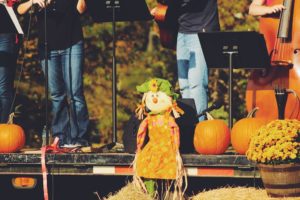
Box 4: Set a Festival Budget
This box on your fall festival planning checklist gets down to the brass tacks. What’s it gonna cost to do your to-do? This takes time to think through the details. Just a few of the costs involved in putting on a fall festival or fair:
- Location/venue rental
- Entertainment?
- Parking/logistics
- Toilets (renting porta-pottys?)
- Staffing
- Health & Safety
- Equipment
- Security
- Local/Legal permits
- Event Insurance (including weather insurance, which we’ll talk more about shortly)
Some of these might be donated, but address all of them before you do anything else. You may have to get sponsors to help defray the cost. Now you can see why having your theme already locked down can help support your event.
Box 5: Arrange Food Access
People will want, and need, to eat. An event bereft of food means people will spend less time there.
Your food vendors can also supply water/sodas/etc, so that thirst is also readily resolved. As you approach food vendors (or decide what your organization will do to feed the masses), think about the theme of the festival, and the season. Which food types appeal most? What kind of food is actually available? And according to your average temperatures for this season, which foods (spicy, hot, cold, etc) support the day?
For example, on truly chilly days, cold drinks don’t sell as well. On hot days, those flaming walking nachos aren’t the biggest hit, though the ice cream stand will be booming.
Box 6: Activities: games/rides/etc.
Will the event be mostly vending/booths and displays, or will there be rides/activities along with them? Truly family-oriented events need kid activities.
Second, will these activities be festival-sponsored and manned by festival crew? Or will they be professionally operated via a carnival company?
Think about your event goers, what will draw them, and what your budget allows.
Box 7: Create a Marketing Plan
One of the trickier check-off items on your fall festival planning checklist is your marketing. How are you going to get the word out about your fall event? Media salespeople will gladly sell you the moon. But you’ve got to keep in mind your budget, and your KPIs, then choose the best media outlets for success.
Start by contacting other fall festivals in your area. Ask how they were most successful spreading the word. Also, look at their social media outlets, their websites, and click their links. See where they’ve invested time and/or money in marketing. Whichever fall festivals you think are successful—do some of the things they do.
Once your research is done, make a marketing plan. Decide the whens and wheres of your marketing, and run with it.
Yes, this is a truly touchy/feely part of your checklist. Advertising is often a hit-or-miss affair. If you don’t feel confident, or already have enough responsibilities on your plate, your organization might want to consider having an outsourced company plan the social media/marketing for you.
You’ll need to plan for who will design your:
- Brochures
- Site maps
- Posters
- Itineraries
- Collateral materials (business cards, staff id’s, VIP passes, etc.)
And you’ll need to have a professional printer ready to kick these out for you.
Our top 5 staff picks for best fall festivals!
Box 8: Design the Staffing Hierarchy
You’re going to have to figure out what the event organization structure looks like, so that you can assign clear responsibilities to the staff members. Each person needs to know who they manage, and what they need to ensure happens under their supervision.
Some questions to answer:
Will you need multiple managers?
Does your event qualify to allow volunteers?
How will all the staff be able to see schedules, check on updates, etc.?
Food/drinks for staff?
The more you’ve planned out for the people who make the event happen, the better they can fulfill their responsibilities, and the better your event will be!
Box 9: Protect Your Assets
You’re going to need event insurance to cover the accidents that happen at fall festivals. We’ve created a comprehensive list in this blog that applies to most major events. It details different types of event insurance, such as:
- General liability
- Liquor liability
- Third-party damage
- Worker’s compensation
- Terrorism insurance
There are other types of insurance too that protect you, your organization, and your sponsors from liability should an issue arise.
For all the insurance policies that cover events, you should reach out to other successful fall festivals in your area. Find out some of the things they purchase to protect their event.
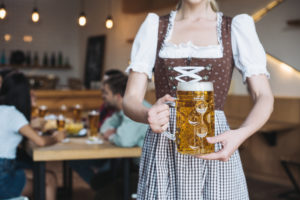
Box 10: Address the Weather
One of the most important boxes on your fall festival planning checklist involves the one thing we all love so much in fall: the weather. The problems arise when the weather doesn’t love us. Will rain ruin your event? Will too much heat, or even snow, spell disaster for your fall festival revenues?
A poorly attended day or weekend for a fall festival doesn’t just impact that year; it can—depending on the festival’s budgeting—mean the festival doesn’t happen again the next year or ever. Also, if the festival pays to have a major event—say a popular musical artist—perform, and that specific event gets rained on, that too could harm the festival’s future.
Vortex Weather Insurance helps organizations protect their fall festival bottom line. We can tailor a policy to only apply at specific, high-impact times or events or to cover entire days.
For example, if you have a headline artist whose concert must generate a certain level of revenue, you can ensure that rain doesn’t tank it with insurance that covers the hours of that specific event.
Or, say you need an entire day’s worth of ticket sales to reach a specific revenue level, otherwise there are dire consequences for the future of your fall fair. Vortex Weather Insurance can create a policy for that day, or a specific part of that day, to help you protect your bottom line. It’s an important part of your fall festival planning.
How weather insurance works at Vortex
Our policies help protect you and your event or business from inclement weather. We combine historical weather data with your event details, and create options specific to your coverage needs and weather risks.
If those policy conditions are met, you receive payment with no additional documentation needed. Rain, snow, heat—if that weather can ruin your bottom line, consider letting Vortex Weather Insurance help you protect your interests.
Possible payout even if you’re not rained out
Though this isn’t on your fall festival planning checklist, you should check it out all the same. A rain insurance policy from Vortex Weather Insurance could pay you even if your event isn’t rained out.
What matters is if the weather conditions are met to trigger the policy. Even if the rainfall doesn’t stop the event, the amount of rainfall could trigger your policy and give you a payout.
How about them apples? Or pumpkins? Maybe corn? It’s your festival, you decide!
For fall festivals, plan for the weather with Vortex
Contact any member of the dedicated team of weather nerds at Vortex Weather Insurance. We’ll show you how it works, and help add protection from adverse weather to your fall festival plans. We can also work with your organization’s insurance agent to keep you prepared.
Weather conditions can ruin your revenue, but it doesn’t have to. Insure your event, so you can ensure your hard work bears fruit. Don’t worry about the weather. Let us, at Vortex Weather Insurance.
